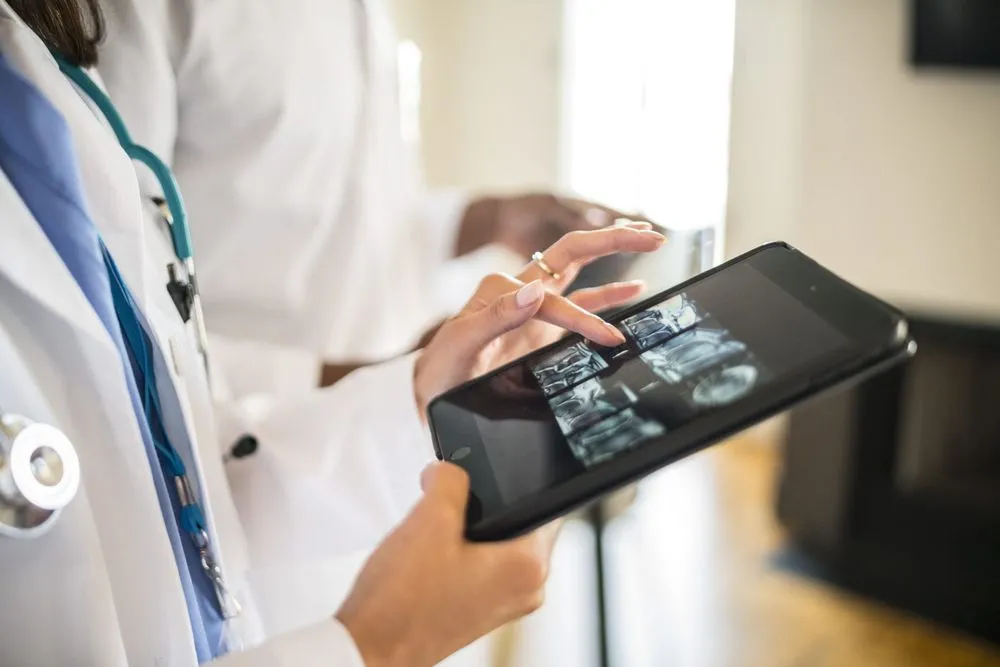Mobile Device Management: Best Practices for HIPAA Compliance
The number of healthcare professionals using tablets and smartphones for clinical work is growing quickly Over 40 percent of US physicians use mobi...

The number of healthcare professionals using tablets and smartphones for clinical work is growing quickly. Over 40 percent of U.S. physicians use mobile devices to write prescriptions, access patient records and communicate with other healthcare professionals. But increased mobility means greater risk, especially when it comes to protecting patient data. Lost or stolen devices result in almost two-thirds of health information security breaches reported to the U.S. Department of Health and Human Services. Managing mobile devices and securing company data across an organization is a rising challenge for cybersecurity — and HIPAA requirements add a new level of complexity. Thankfully, the Office 365 team has added many tools to help manage Heathcare Data Governance and HIPAA compliance in Microsoft 365.
How HIPAA’s security rule affects mobile device management
Mobile device security in healthcare is governed by HIPAA’s security rule. The HIPAA security rule applies to individual, identifiable health information. It establishes a national set of security standards for protecting how electronic patient information is stored, maintained or transmitted. HIPAA’s security rule doesn’t require any specific technology solution, but it mandates that healthcare organization implement security measures for their daily operations.
Mobile device management best practices
Here are some best practices for mobile device management and HIPAA: A compliance to keep in mind.
- Use device key, password or user authentication to access mobile devices, including complex passwords with combinations of letters and numbers.
- Install and activate remote wiping or disabling to minimize the risk of breaches from lost or stolen devices.
- Disable file-sharing applications that can be used to access patient info or infect devices with malware or viruses.
- Keep your software updated to ensure you have the most updated features and tools to prevent unauthorized access to health information.
- Install and enable encryption on all mobile devices that access or store patient information. Encryption should be enabled before the devices are used.
- Log devices and actions for audit so you can track usage and ensure that users are complying with the policy.
- Educate employees. Mobile device users are your first line of defense. Educate them on best practices, keeping data secure and what to do if their device is lost or stolen.
Mobile device management with Agile IT
Fortunately, there are solutions to help companies implement strong mobile device management strategies to protect patient data. At Agile IT, we can help you manage and secure mobile devices and ensure your IT strategy complies with HIPAA. Contact us today for more information.





